15 Jul 2565/2022 Time: 12:00-18:00 MCU: Most Ven. Prof. Dr. Phradhamvajrabundit, Rector of MCU, is including with Executive Administrators, lecturers, and staff, to pay respect His Holiness Somdet Buddhacarn, Wat Traimitr Withayaram, His Holiness Somdet Phramaha Mongkholmuni, Wat Traimitr Withayaram, Most Ven. Prof.Dr. Phra Brahmapundit, Wat Prayurawongsawas Worawihan, Most Ven. Phra Brahmasenabodee, Wat Pathumkongka, Most Ven. Phra Brahmavachiradhebodee, Wat Mahatha, Most Ven. Phra Brahmavachirapannacharn, Wat Ratcha Orasaram, Most Ven. Phradhamvajiramoli, Wat Yananwa respectively.
In this occasion, Dr. Phra Sophonvachirabhorn, (Sawai Chotiko), Agga Maha Pandita, Vice-Rector for Foreign Affairs, participated with MCU Rector, administrators, lecturers, staff, and students of MCU as the vassa tradition paid respect the senior monks who are highly venerated.
Vassa, the annual “rains retreat,” is an annual three-month monastic retreat practiced especially in the Theravada Buddhist tradition. The three months are determined by the lunar calendar and, usually, begin in July.
During Vassa, monks remain in residence within their temples and leave its grounds only when necessary. Laypeople show their devotion and appreciation by supporting the monks with food and other necessities. Lay people sometimes give up things like eating meat, drinking alcohol, or smoking during Vassa.
The Vassa retreat is timed to coincide with the monsoon rains of India and southeast Asia. Many Mahayana Buddhist monastic traditions also have periodic retreats or intensive practice periods modeled after Vassa, but they may be observed at different times of the year.
In the Buddha’s day, Vassa was observed by both men and women. There are few Theravada Buddhist nuns today, however, so this article is going to focus mostly on monks.
Origin of the Rains Retreat
The first Buddhist monks and nuns did not live in monasteries. In the India of 25 centuries ago there had long been a tradition of wandering mendicant “holy men” who took shelter in forests. Most of the time the Buddha and his disciples followed this tradition. They traveled in groups from village to village, offering teachings, receiving alms, and sleeping beneath the boughs of trees.
But much of India had monsoon seasons then, just as it does today. Usually, the rain begins sometime in June or July and continues until sometime in September or October. The incessant downpour didn’t just make travel difficult for the Buddha and his monks. Small animals that come out in the rain — leeches, snails, worms, frogs — could be crushed underfoot. Occasionally monks traveling in the rains damaged newly planted rice paddies.
To spare animals and crops, the Buddha established a rule that monks and nuns would not travel during the monsoon rains. Instead, they would dwell together and practice as a community. This practice proved to be beneficial, providing more time for teaching and guidance for younger disciples.
The Beginnings of Monasticism
At first, the Buddha and his disciples would spend the rains retreat wherever they were offered shelter, sometimes at the estates of wealthy benefactors. The lay disciple Anathapindika is credited with building the first permanent building complex dedicated to housing monks during Vassa.
Even though the Buddha and his disciples didn’t stay there year-round, this complex was, in effect, the first Buddhist monastery. Today, readers of the sutras may notice that the Buddha delivered many of his sermons “in the Jeta Grove, in Anathapindika’s Monastery.” The rains retreat became a time for more intensive practice. The Buddha also placed great emphasis on living together harmoniously.
Asalha Puja
Asalha Puja, sometimes called “Dhamma Day,” is a celebration held the day before Vassa begins. It commemorates the Buddha’s first sermon, recorded in the Sutta-pitaka as the Dhammacakkappavattana Sutta. This means “setting the wheel of dhamma [dharma] in motion.”
In this sermon, the Buddha explained his doctrine of the Four Noble Truths. This is the foundation of all Buddhist teaching.
Asalha Puja takes place on the full moon day of the eighth lunar month, called Asalha. This is an auspicious day for laypeople to bring offerings to temples and stay to listen to sermons. In some places, the monks chant the Dhammacakkappavattana Sutta in the evening as they keep a full-moon vigil.
Keeping Vassa
Traditionally, on the first day of Vassa, each monk formally declares he will remain in residence in the temple for the three-month period. A monk may engage in regular temple duties that take him outside its walls, but he must return by nightfall. If an unforeseen circumstance requires a monk to travel he may be allowed to do so, but he must return within seven days. Strictly speaking, the monks are not “cloistered”; they may interact with lay people as much as they usually do.
During these months effort is “dialed up” a few notches. More time is given to meditation and study. Senior monks give more time to teaching younger monks. This more intensive schedule might be exhausting if attempted year-round, but for just three months it’s more sustainable.
Laypeople also make commitments to Vassa, usually to step up alms-giving and to give up some kind of indulgences, such as drinking or smoking. Some people call Vassa “Buddhist Lent,” although that’s not really accurate.
Pavarana and Kathina
On the full moon day of the eleventh lunar month, Vassa ends with the observance of Pavarana. Monks assemble together, and one by one they tell the assembly where their practice fell short, or when they might have given offense. Each monk invites the assembly to reprimand him. If there is a reprimand, it is to be compassionate and instructive.
Vassa closes with the Devorohana ceremony, which welcomes the Buddha back from celestial realms.
Following Vassa is Kathina, a month-long observance in which it is traditional for laypeople to make offerings of cloth for new robes.
https://www.learnreligions.com








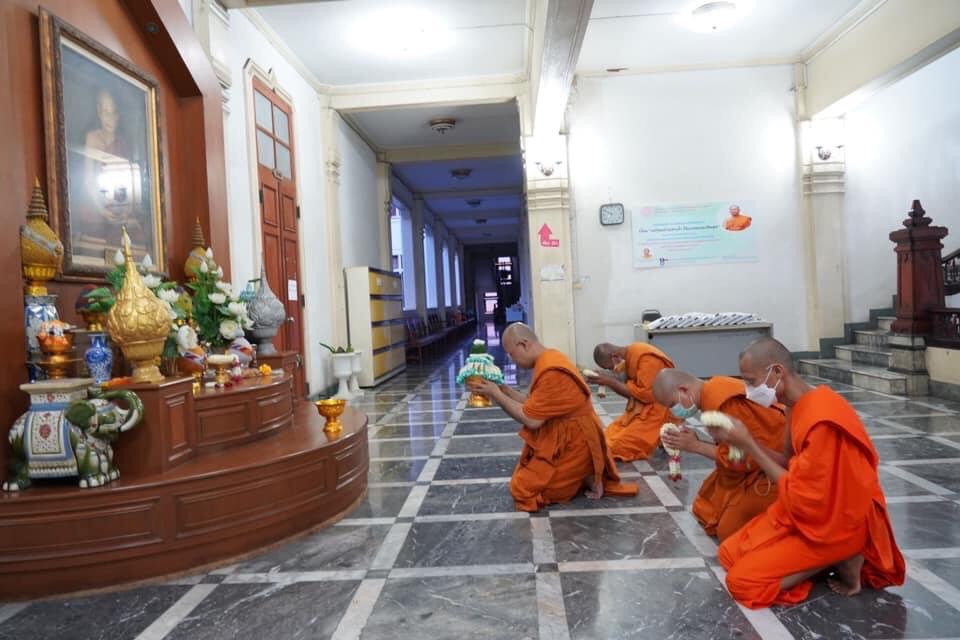
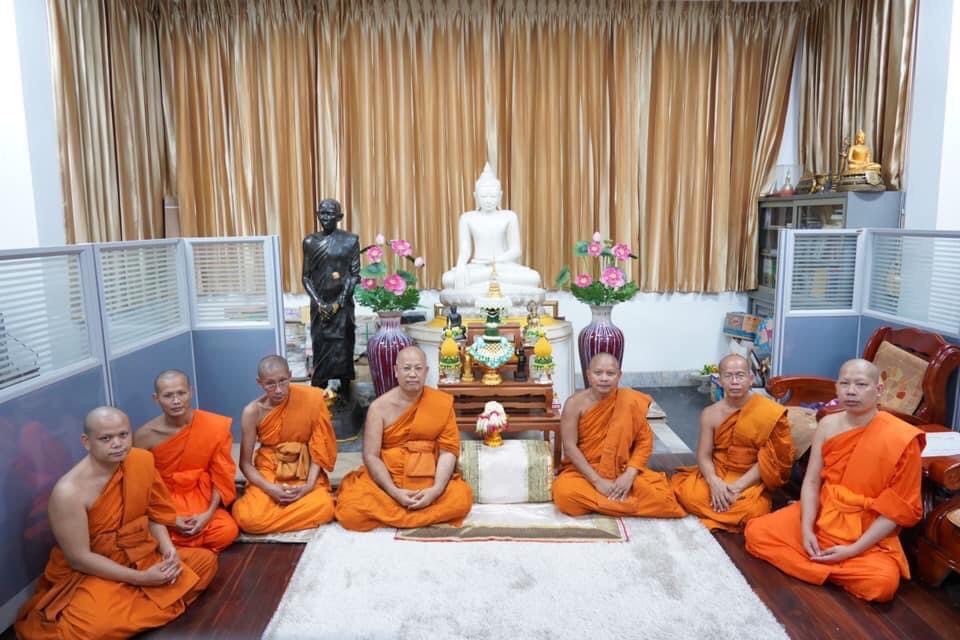
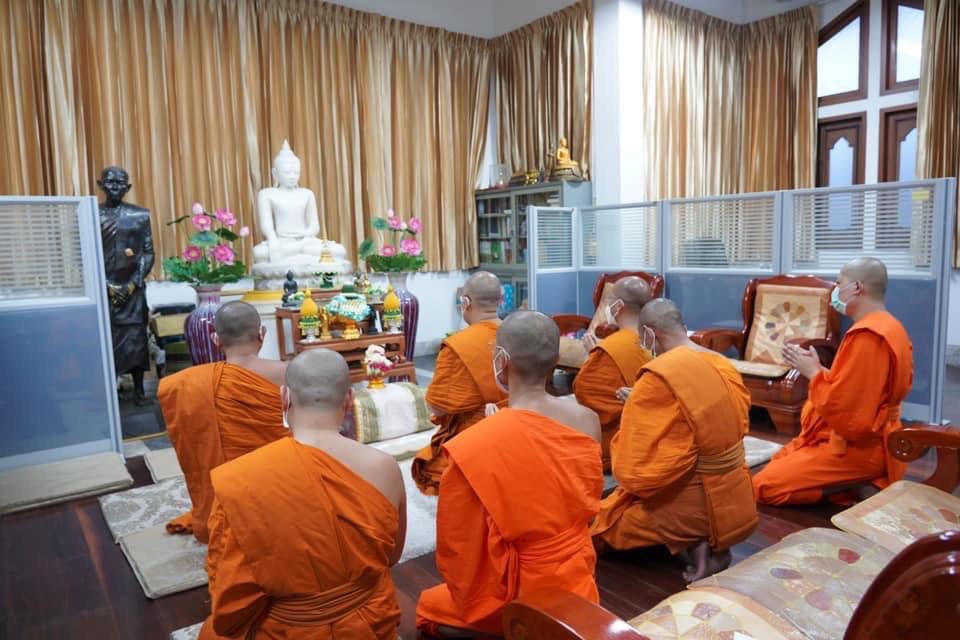

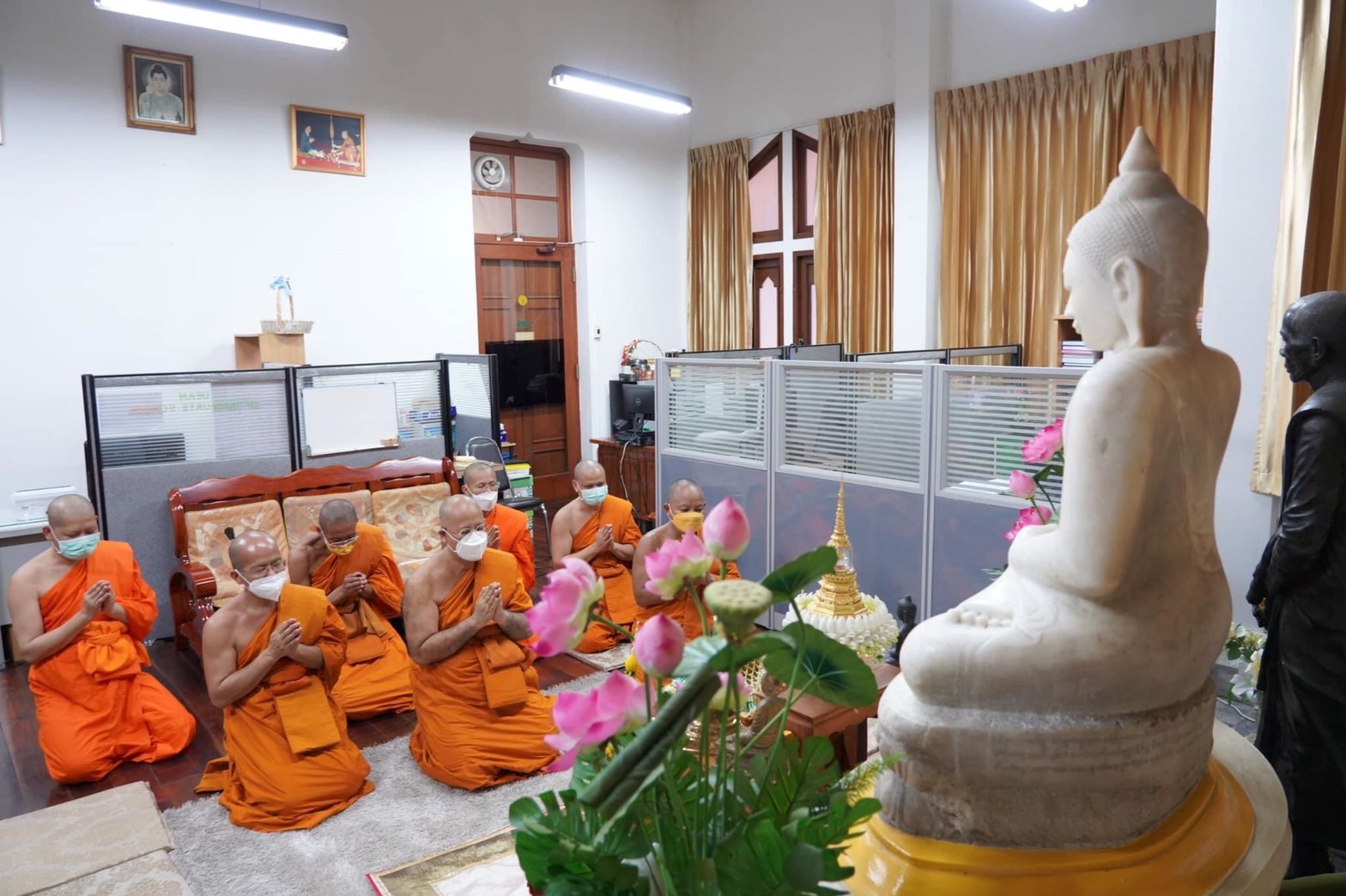
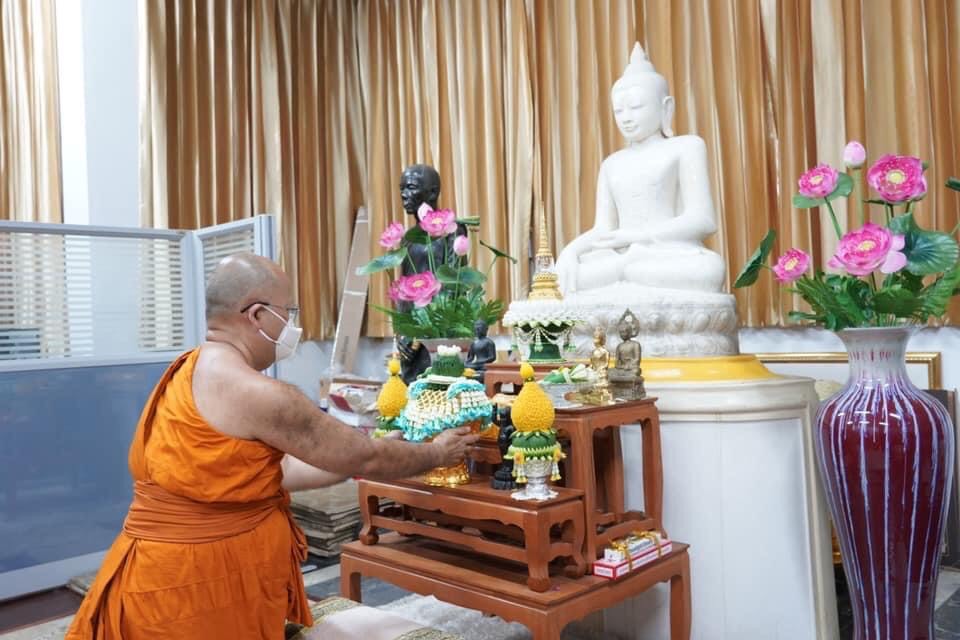
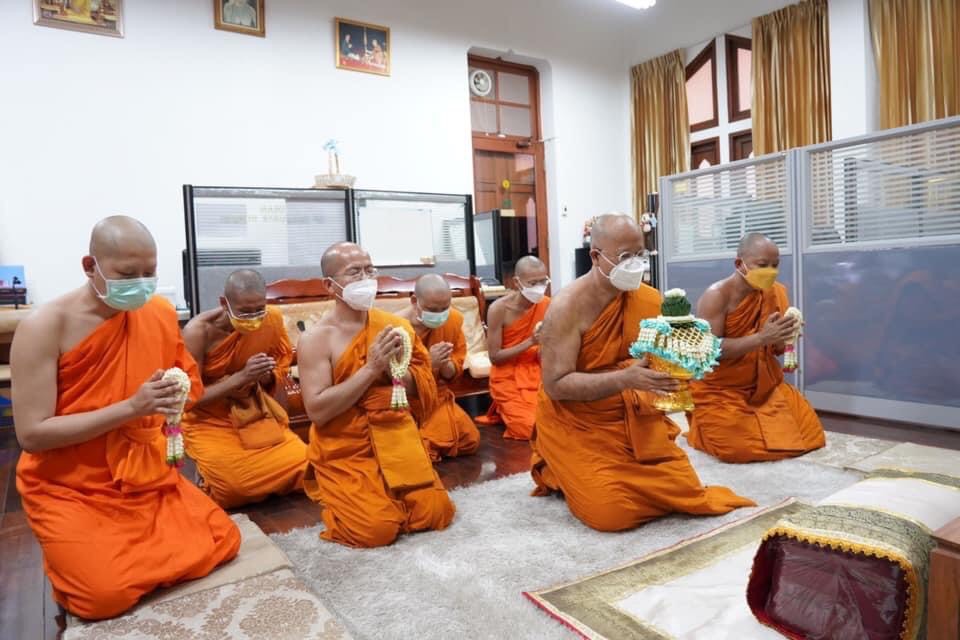

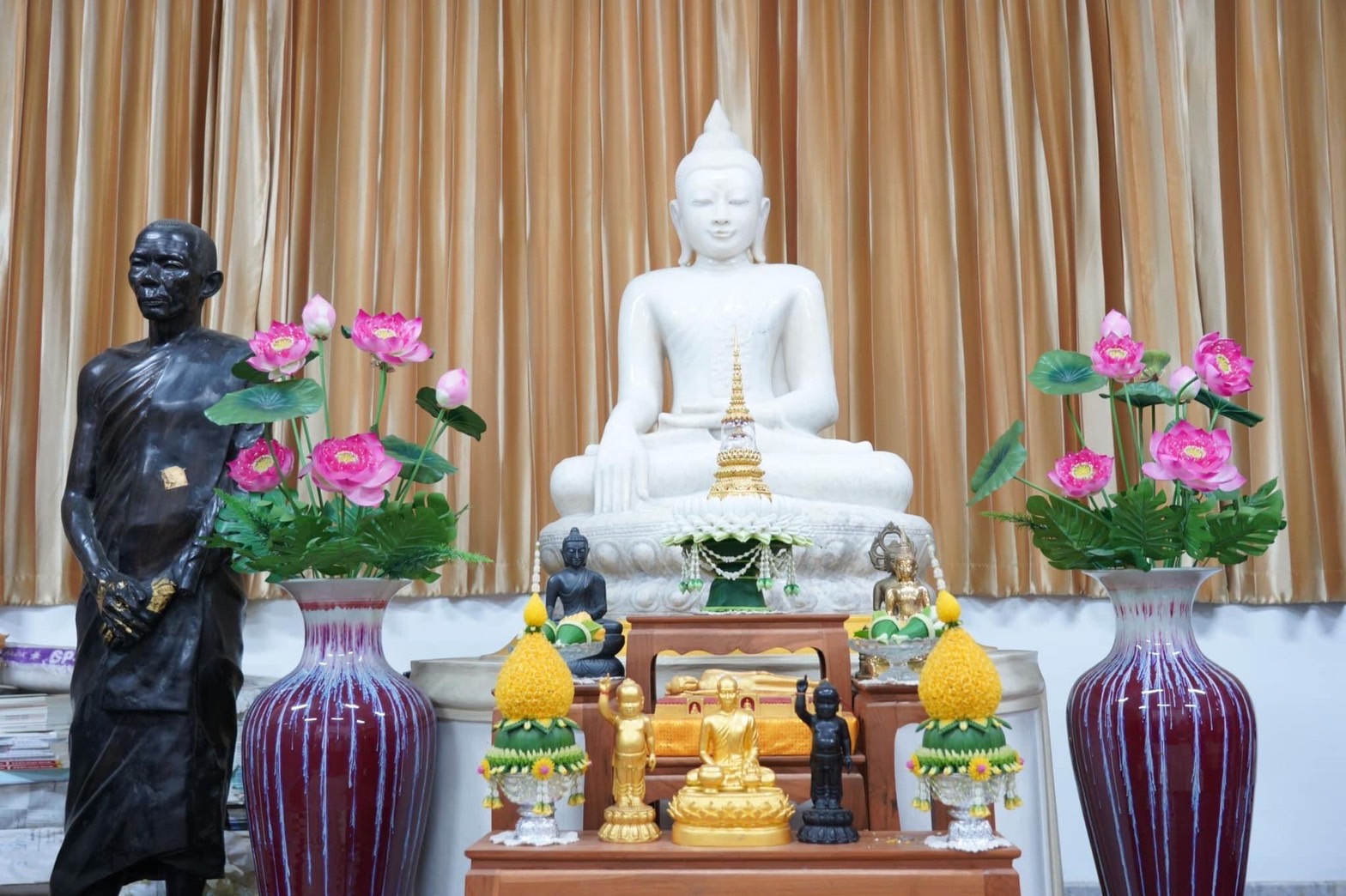
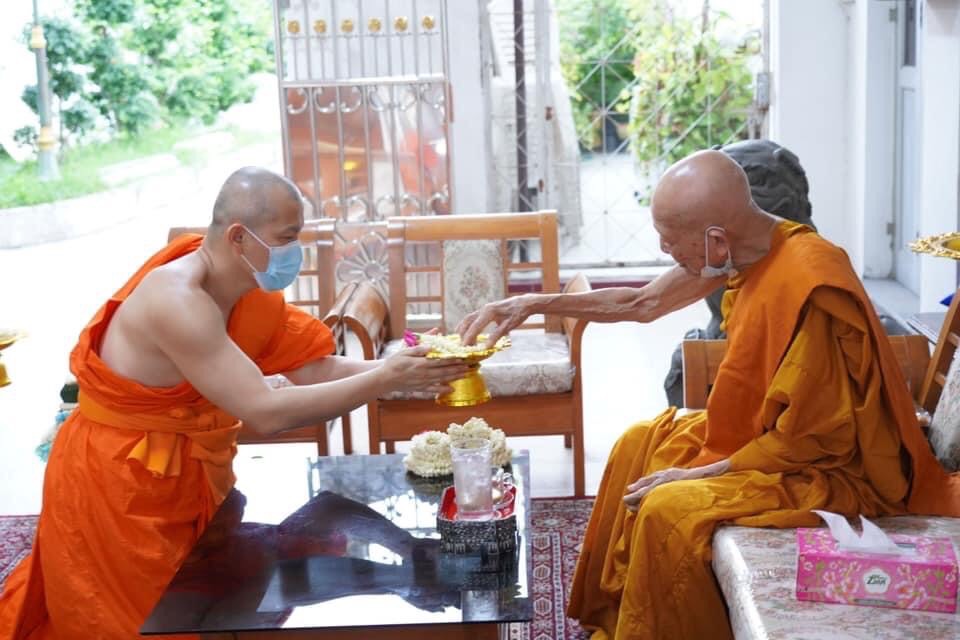
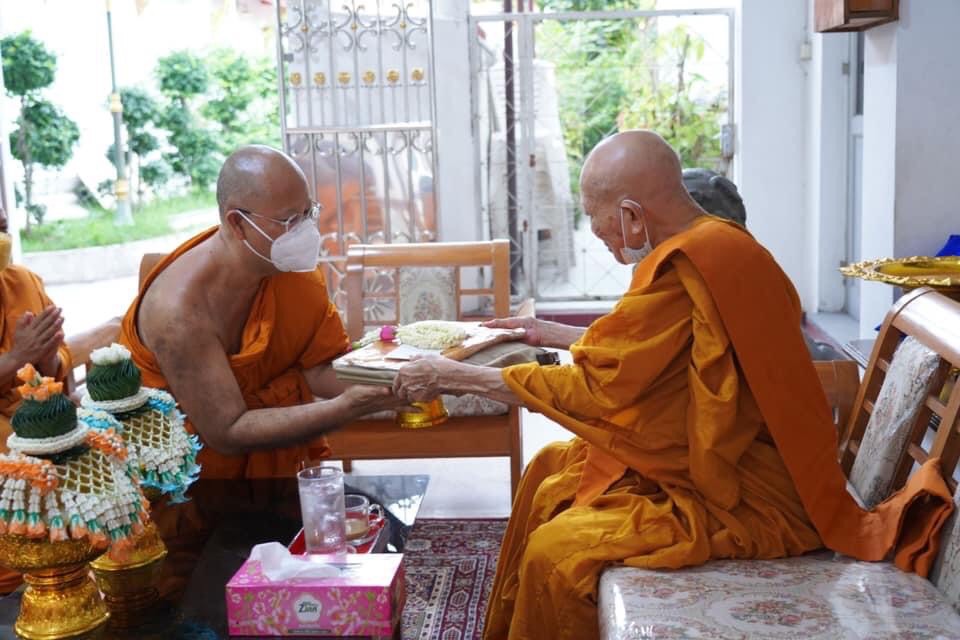
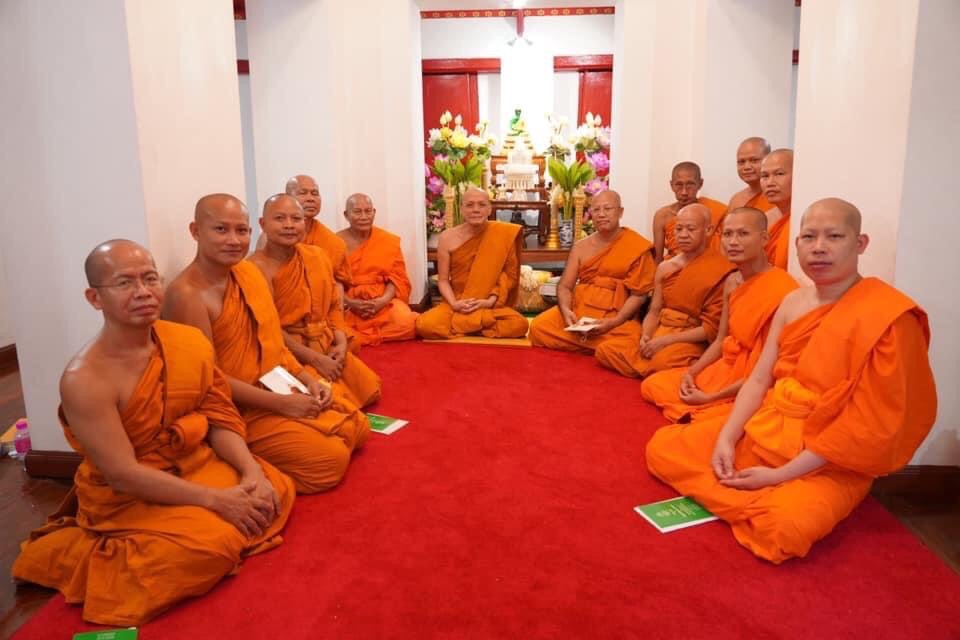
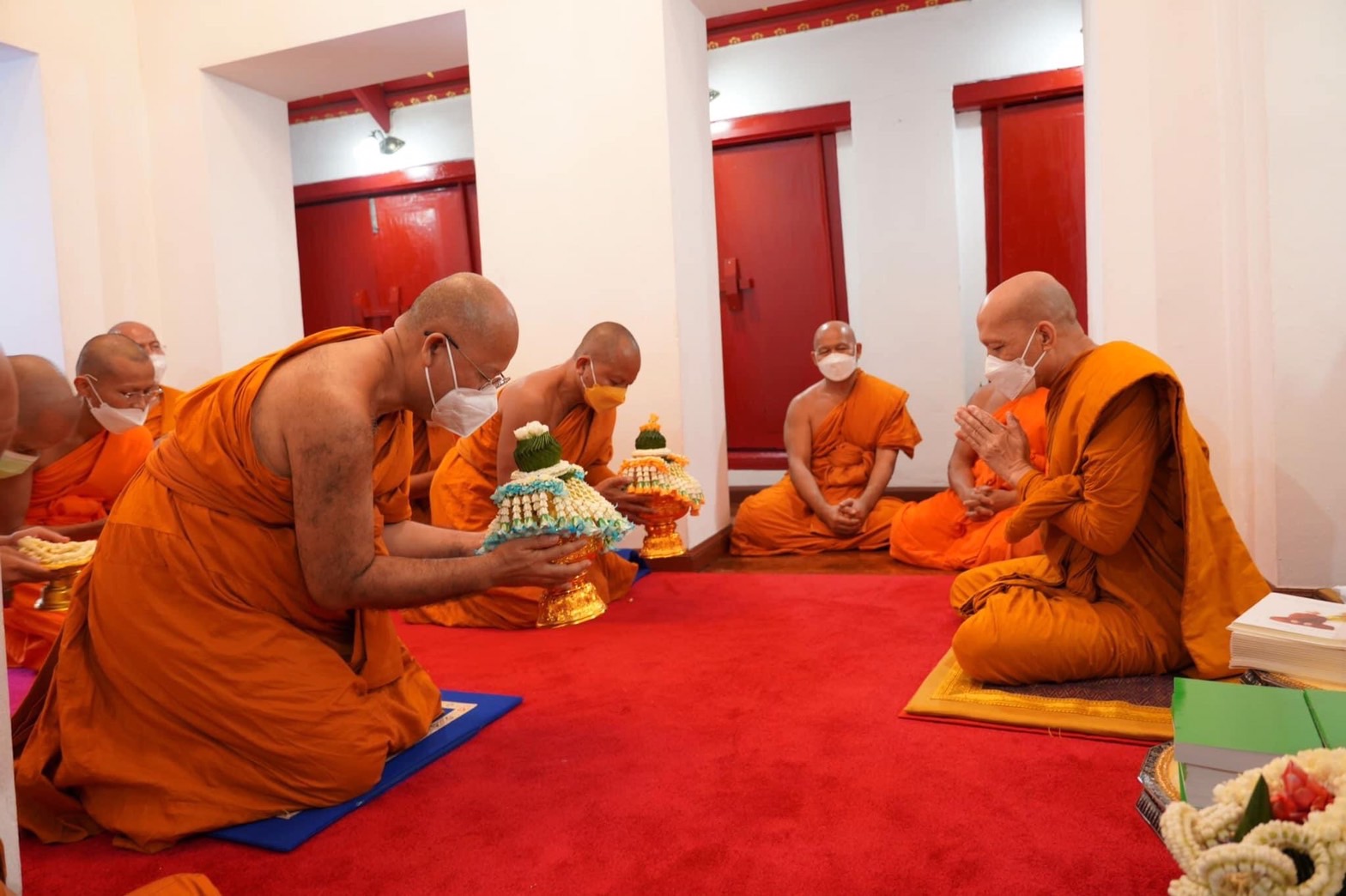
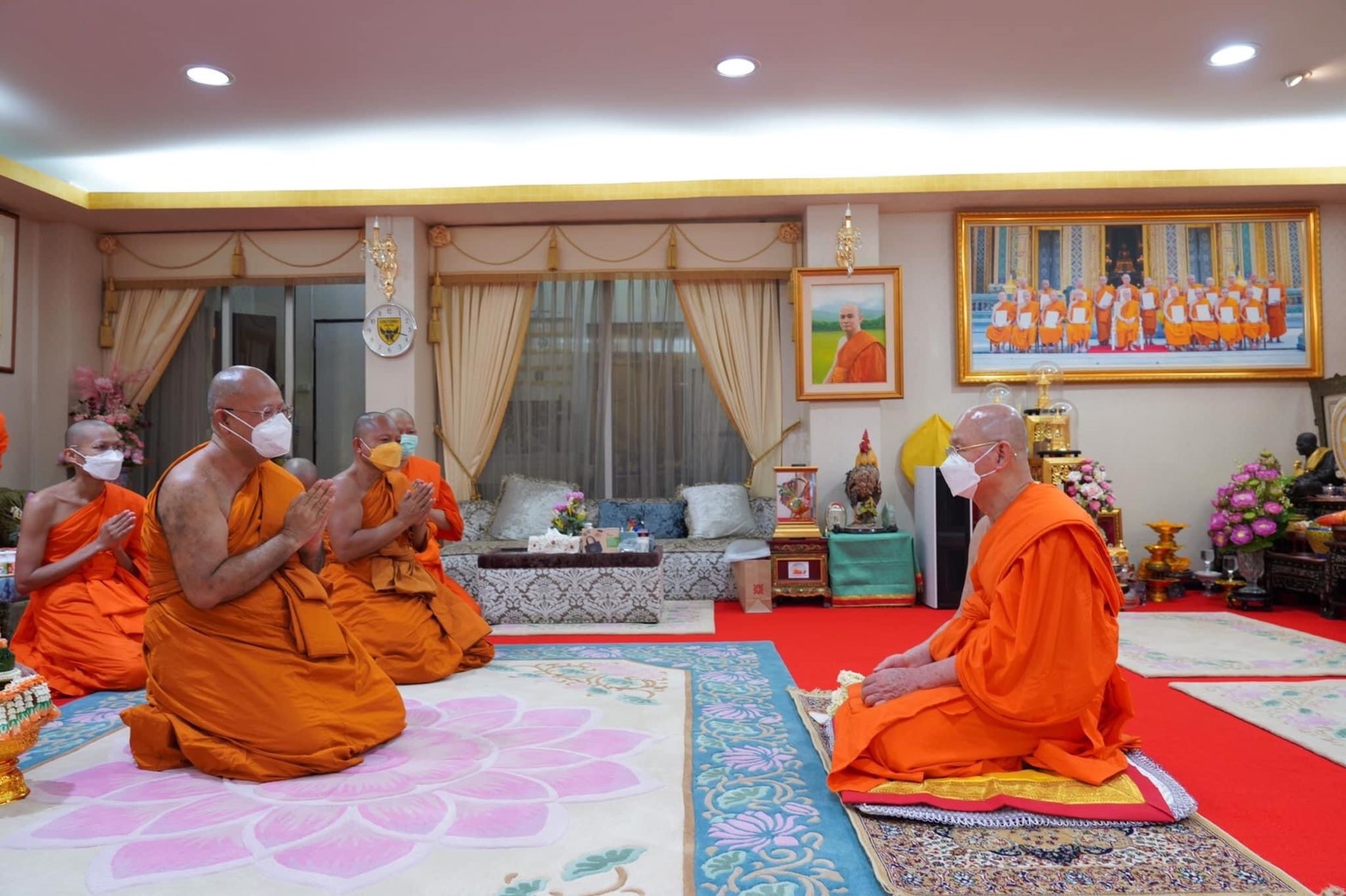
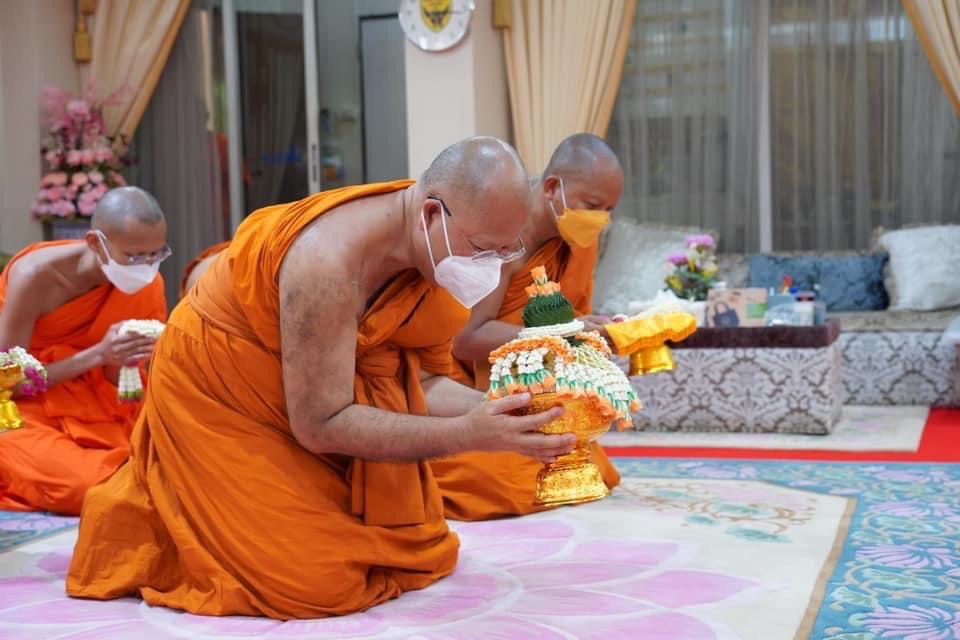
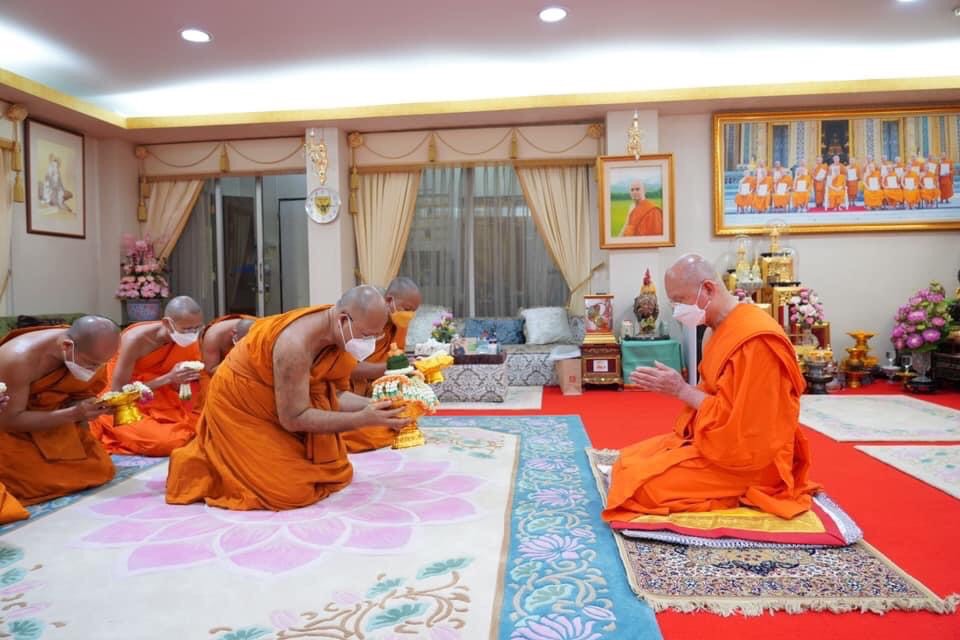
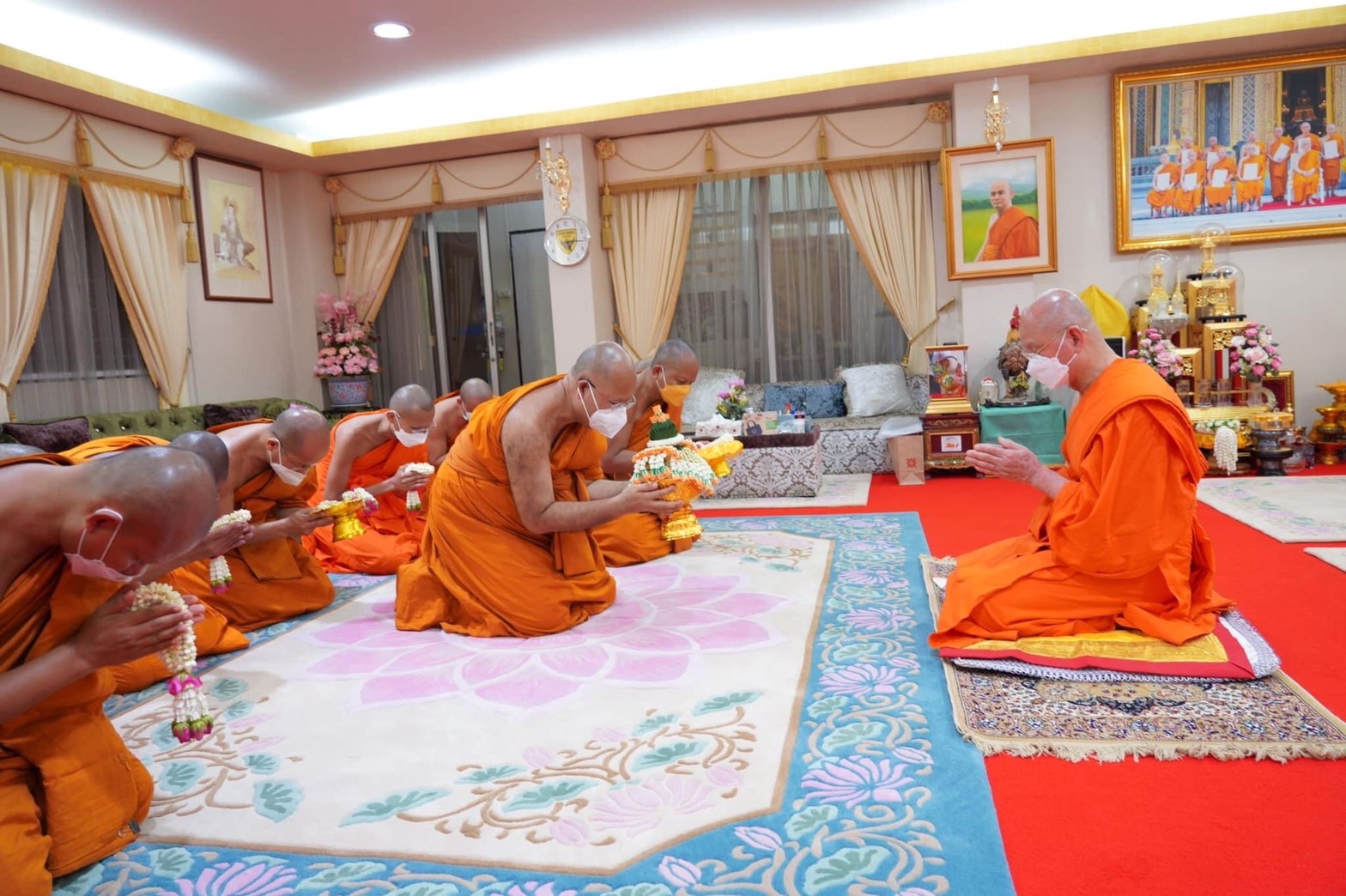
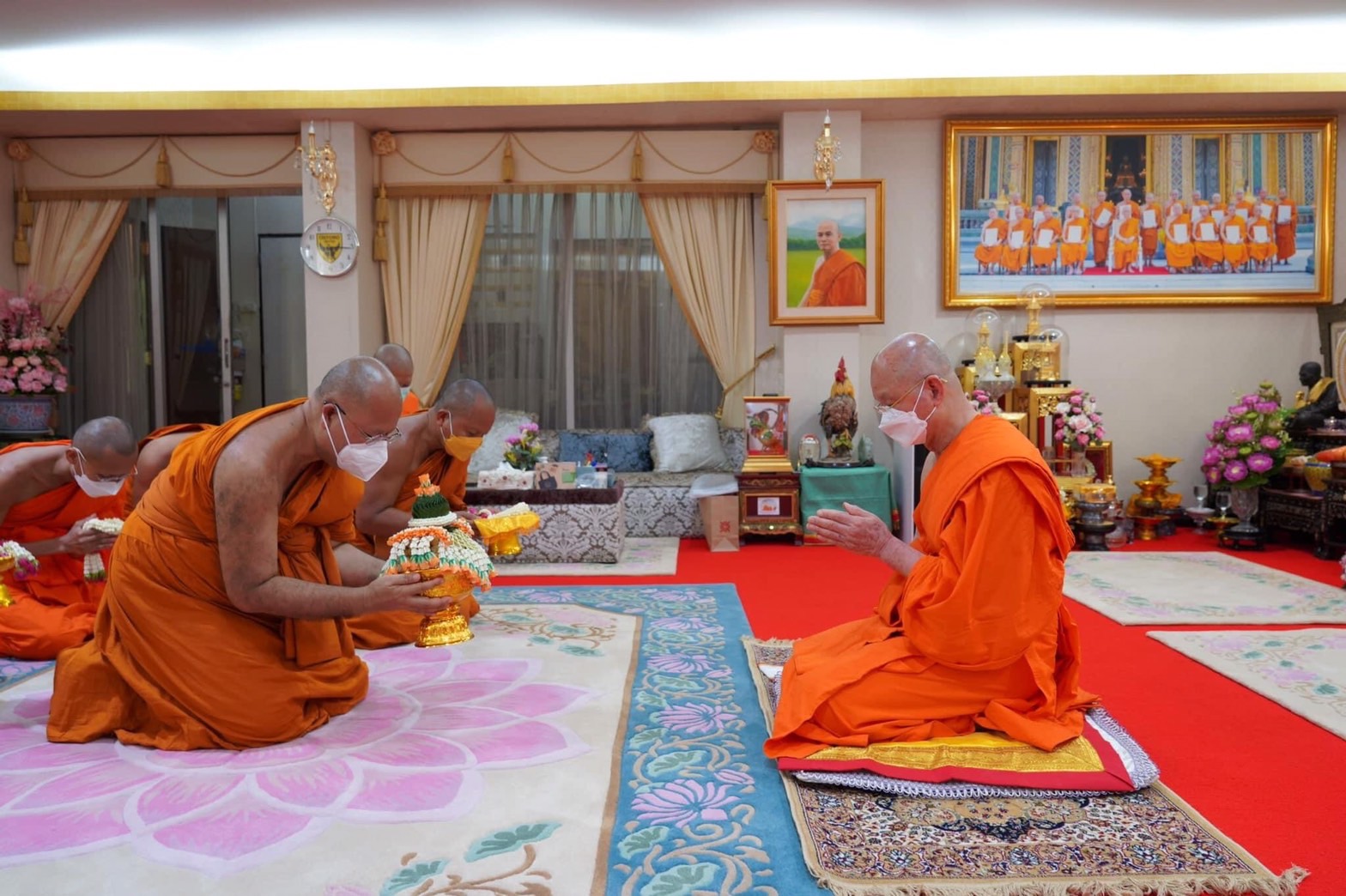
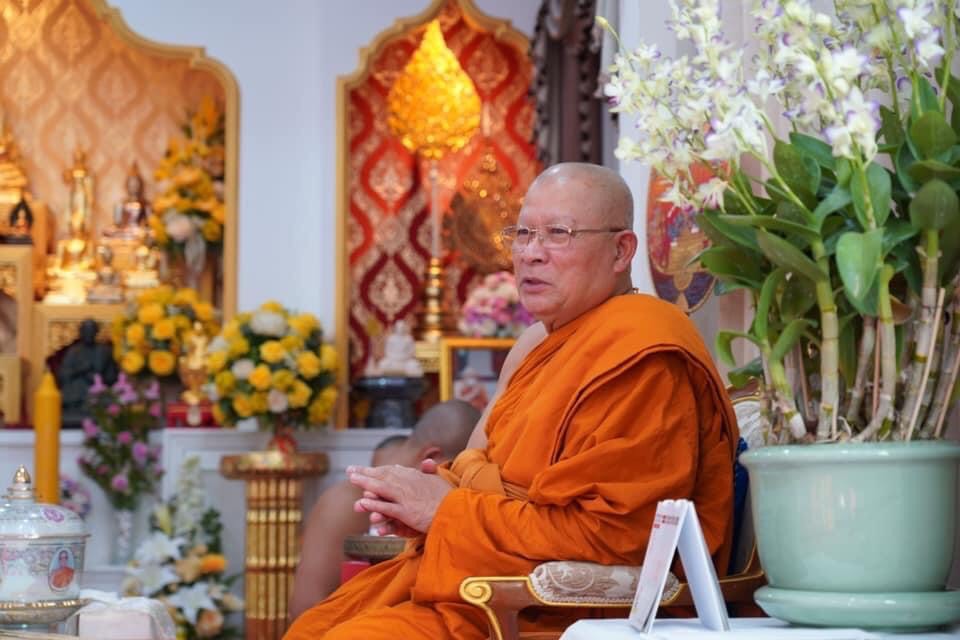
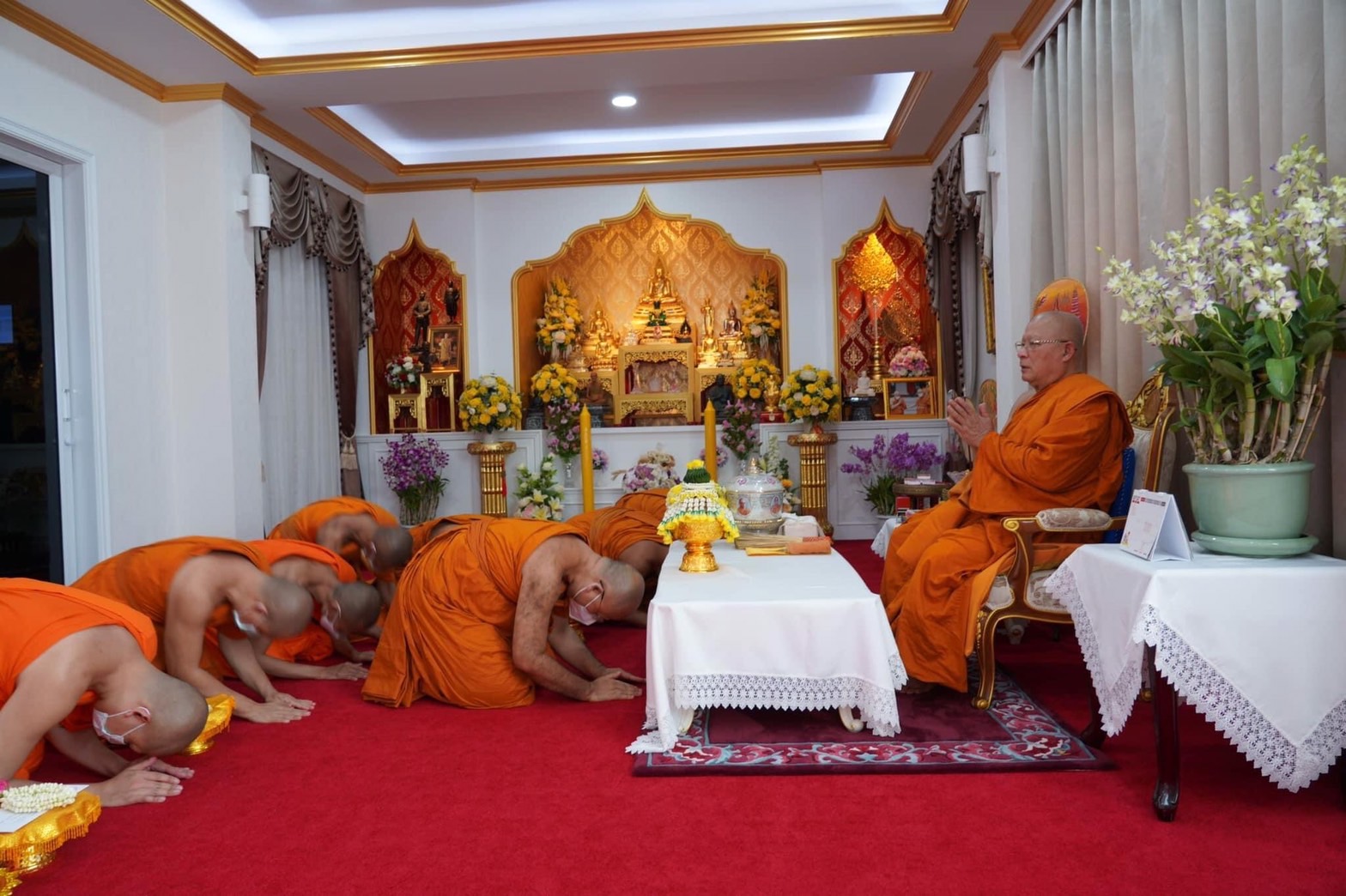
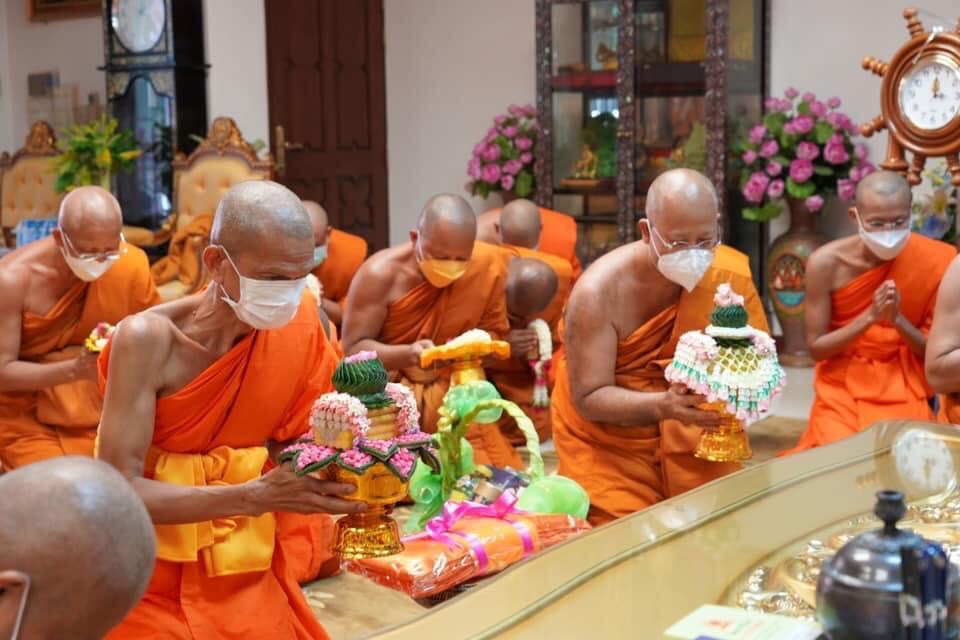
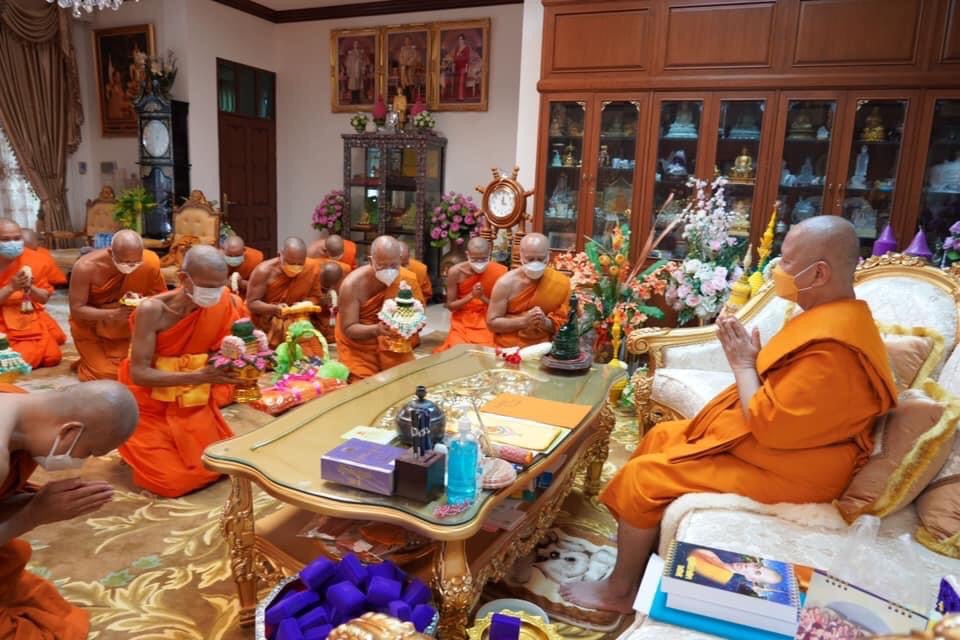

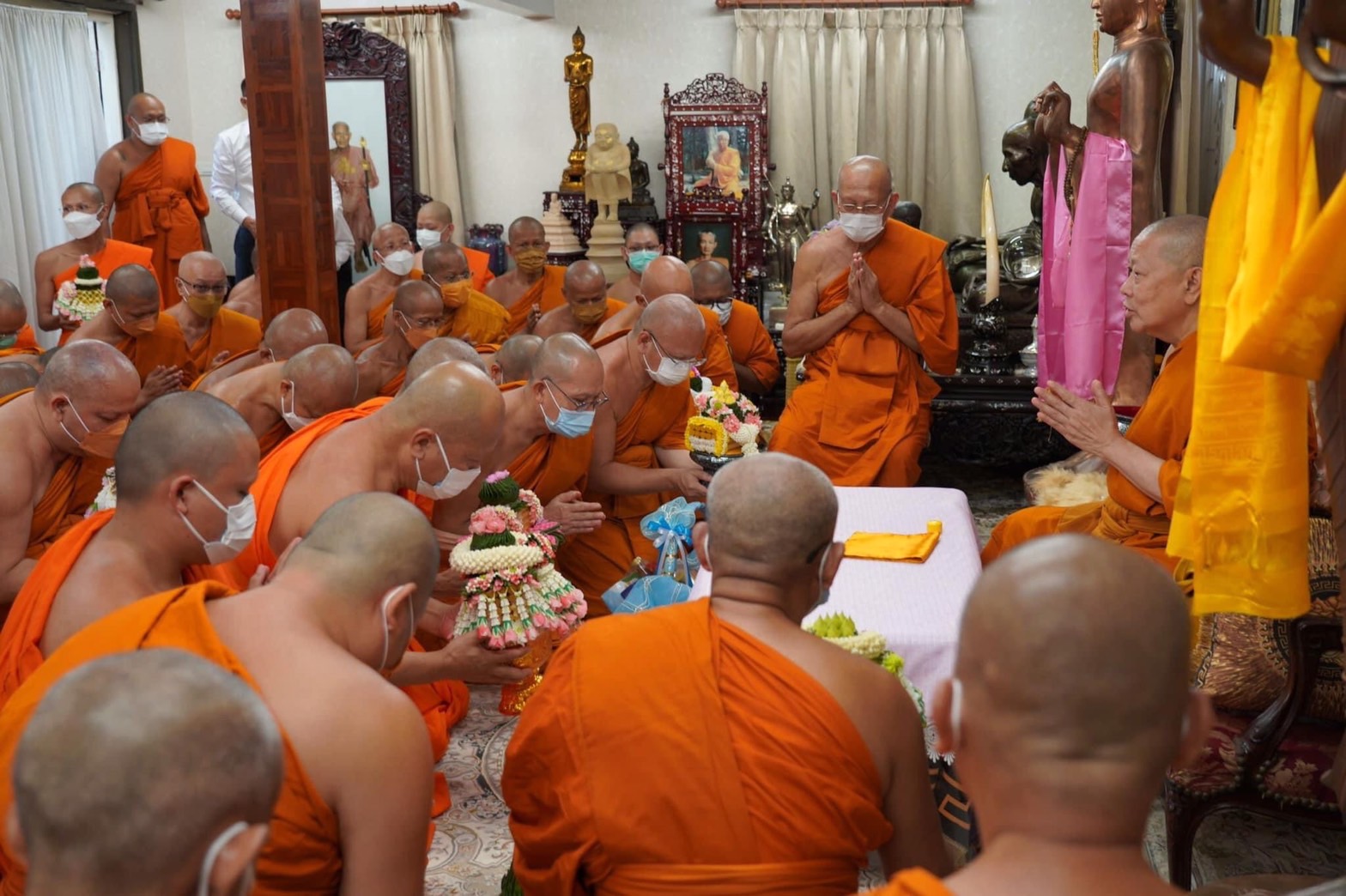
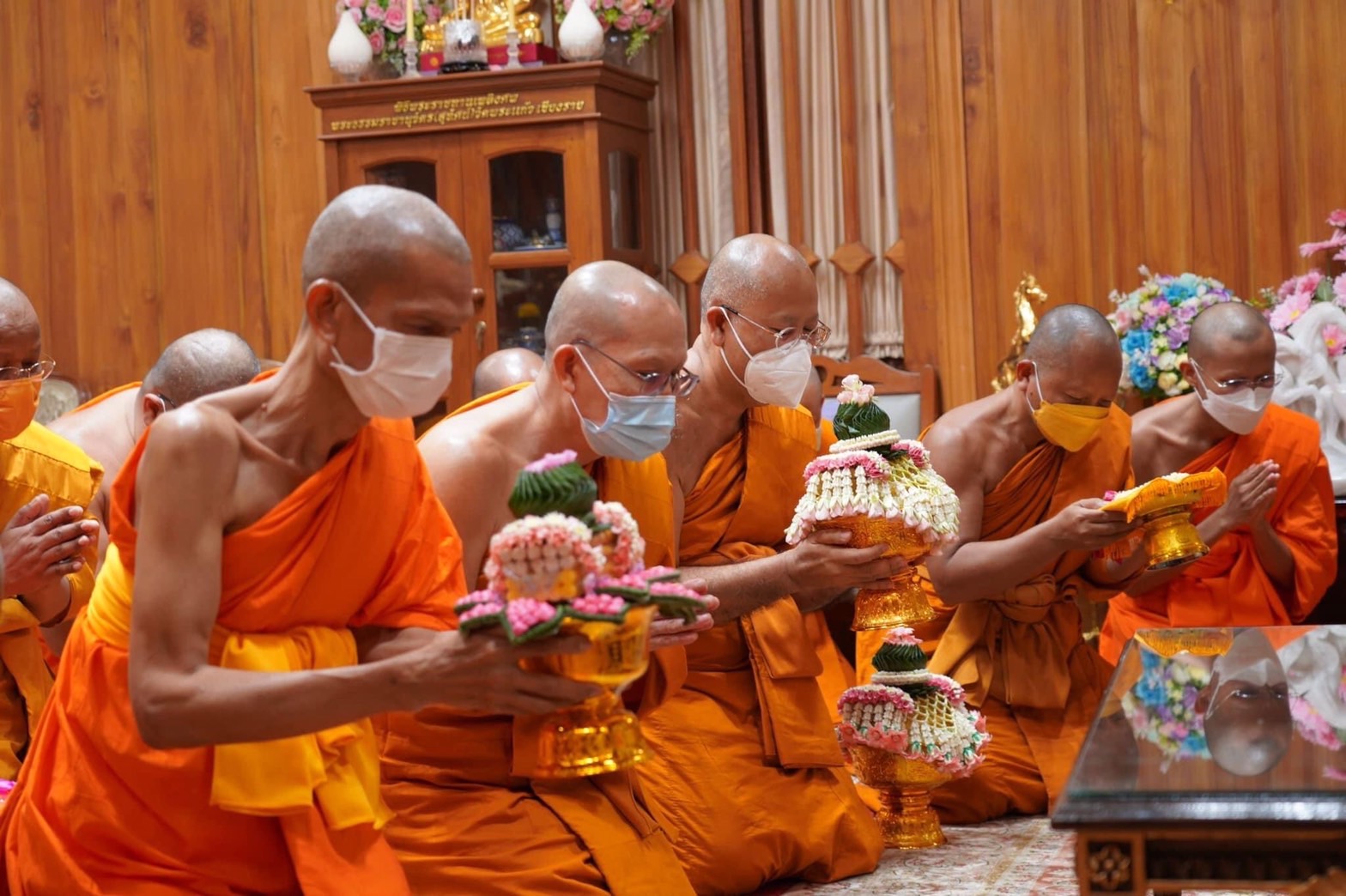
News: International Relations Division
Reporter: Phra Siriwanna Siriwanno, IRD
English News: Phra Siriwanna Siriwanno, IRD
Picture: Foreign Affairs of MCU
